Adapting literary works into the interactive medium of video games is a delicate craft, a task that “The Invincible” approaches with ambitious intent. Starward Industries’ reimagining of Stanislaw Lem’s classic science fiction narrative threads a path between respectful homage and inventive retelling, achieving a game that invites both newcomers and devotees of the original novel to the enigmatic landscape of Regis III.
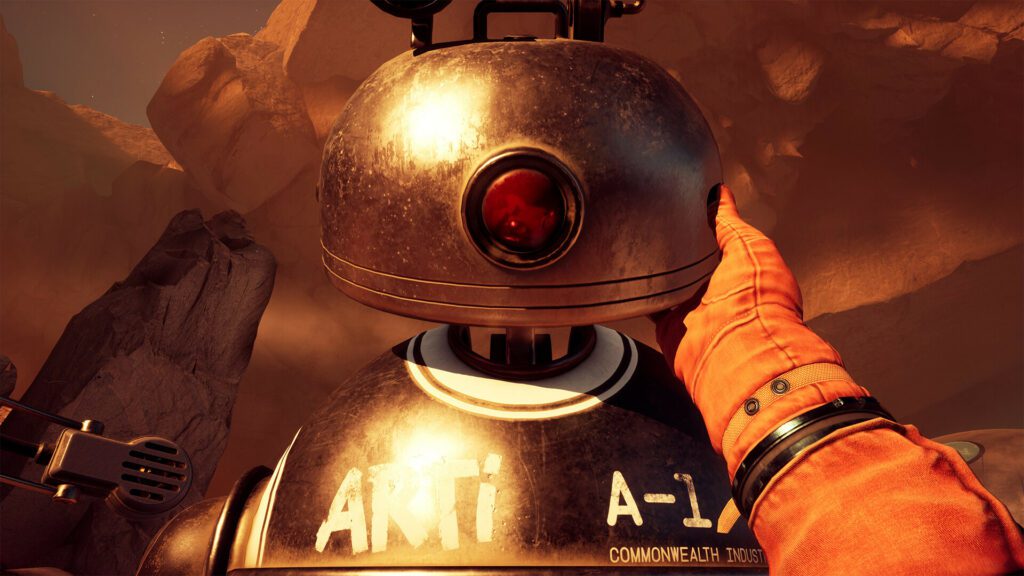
“The Invincible” plants its narrative in the mind of Dr. Yasna, a biologist whose amnesiac state parallels the player’s unfolding understanding of the alien world she explores. This memory loss trope, while not novel, serves as a functional narrative vehicle, catalyzing discovery and interaction with the environment. This provides a non-linear exploration of Yasna’s history, effectively merging player progression with character development.
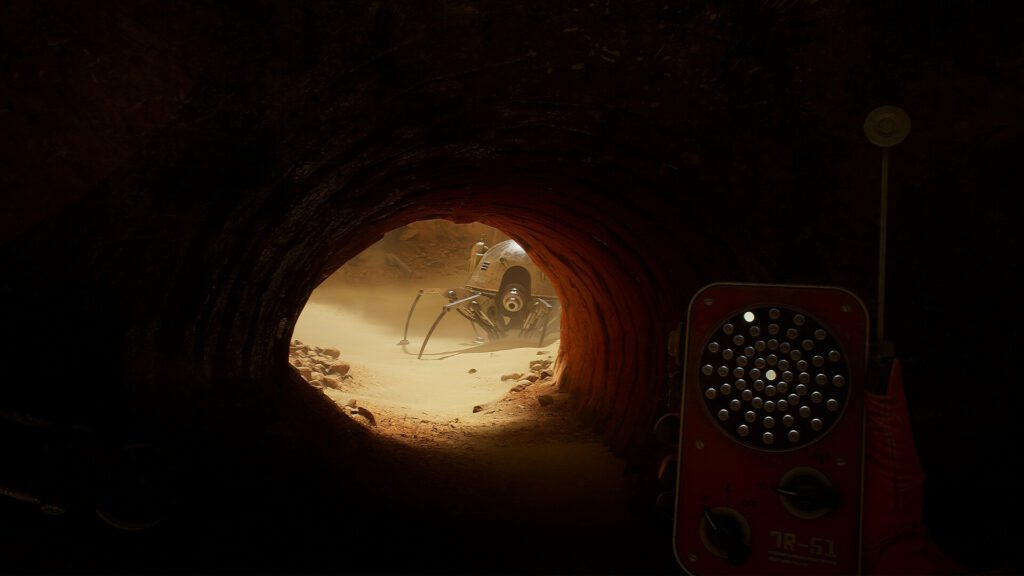
Graphically, the game is a love letter to retro-futuristic design, carving out a visual feast that champions the aesthetic of the 50s and 60s. It’s a vibrant tapestry that pairs elegantly with the electronic hum of the score, which is as much a part of Regis III as the red sands and cubist structures. However, these visual and auditory elements, while striking, often overshadow the gameplay, which struggles to deliver more than monotonous traversal and underwhelming puzzles.
Navigational challenges and environmental interactions are present but are inconsistent. Climbing animations slow the pace unnecessarily, creating frustration in place of immersion. Invisible barriers that guide the player along a linear path occasionally disrupt the sense of exploration, hinting at a potential mismatch between the game’s open-world aspirations and its narrative-driven linearity.

The game’s integration of technology, both as a theme and a gameplay element, shines with its use of period-accurate gadgets and interfaces. It creates a tactile and engaging interaction with the world, despite some mechanical simplicity that may leave players wanting. Yasna’s journey is punctuated by her exchanges with her commander, Novik, and her solitary musings, which at times can be too on-the-nose, somewhat diluting the subtlety of the game’s thematic explorations.

“The Invincible” is not without its tribulations, particularly in terms of pacing and gameplay variety. While the core experience is largely walking and interacting with elements, the larger problem lies with its pacing, with considerable stretches of the game lacking substantive engagement. The story’s conclusion, despite offering multiple outcomes, falls short of a satisfying resolution, echoing the confusion that shrouds the game’s opening. It is here that the game’s struggle with its identity as an adaptation becomes most apparent.
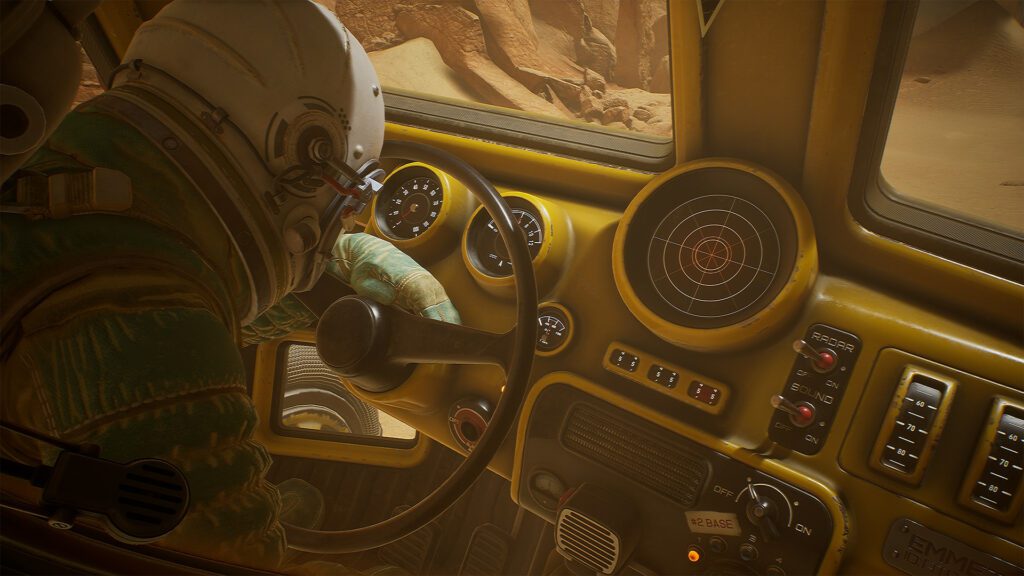
In summary, “The Invincible” stands as a testament to the complexities of adapting literature to video games. It captures the essence of Lem’s speculative musings, though not without stumbling. Its narrative force and visual splendor are somewhat compromised by gameplay that lacks depth and pacing that often mires the sense of discovery. While it may not reach the heights of its source material, it remains a commendable effort that showcases the potential and challenges inherent in bringing a beloved novel to life within the interactive confines of a game.
Jacmac is an ancient gamer that loves open world, strategy, FPS, and tactical sims, but will play almost anything.

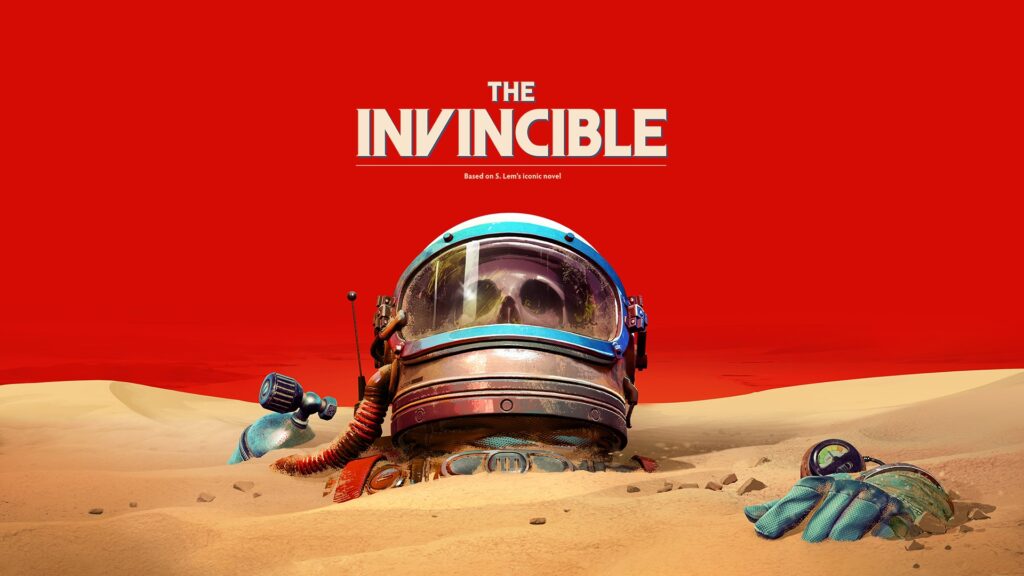

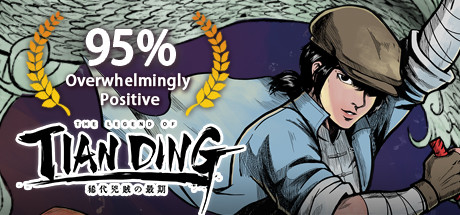
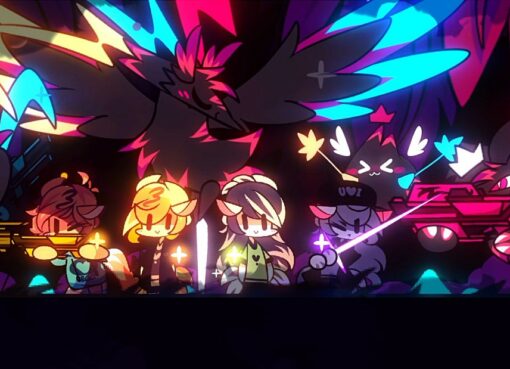

Comment here